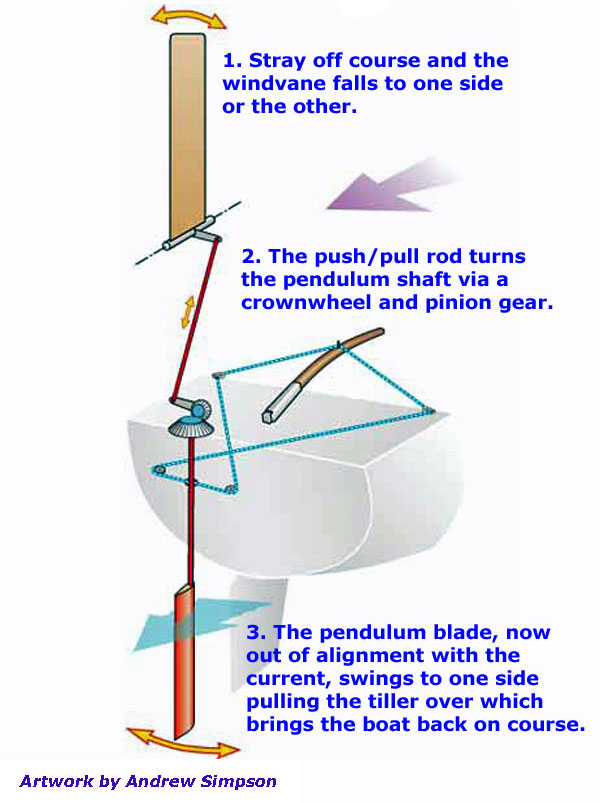boat rudder steering system
Once the rudder is static, regardless of its actual position, the ram and steering lines (up to the check valves in the helm pump) are carrying the load, or pressures, developed in the system (the rudder is always being pushed, one way or another, from the vessel movement and / or water movement around or past it... Rudder, part of the steering apparatus of a boat or ship that is fastened outside the hull, usually at the stern. the most common form consists of a nearly flat, smooth surface of wood or metal hinged at its forward edge to the sternpost. it operates on the principle of unequal water pressures.. The hydraulic fluid is the component that transmits energy from the wheel to the rudder, allowing the system to steer the boat in different directions. when the fluid is low, the system cannot exert the correct pressure to turn the boat in a particular direction, hence the reduced response.. 
boat rudder steering system Hydraulic steering systems 6-7 composition and working principle helm pumps 8-13 established a unique worldwide system dedicated to the marine industry based on our ability to acknowledge and anticipate market to rotate the rudder in the opposite direction, simply turn the helm pump the other way.. It moves the engine or rudder in response to the steering wheel being turned. single-cable steering is fine for boats with a motor of 130hp or less. more powerful engines such as a v6 motor on a high-performance boat (or those exceeding 80km/hr) should use a dual-cable steering system..